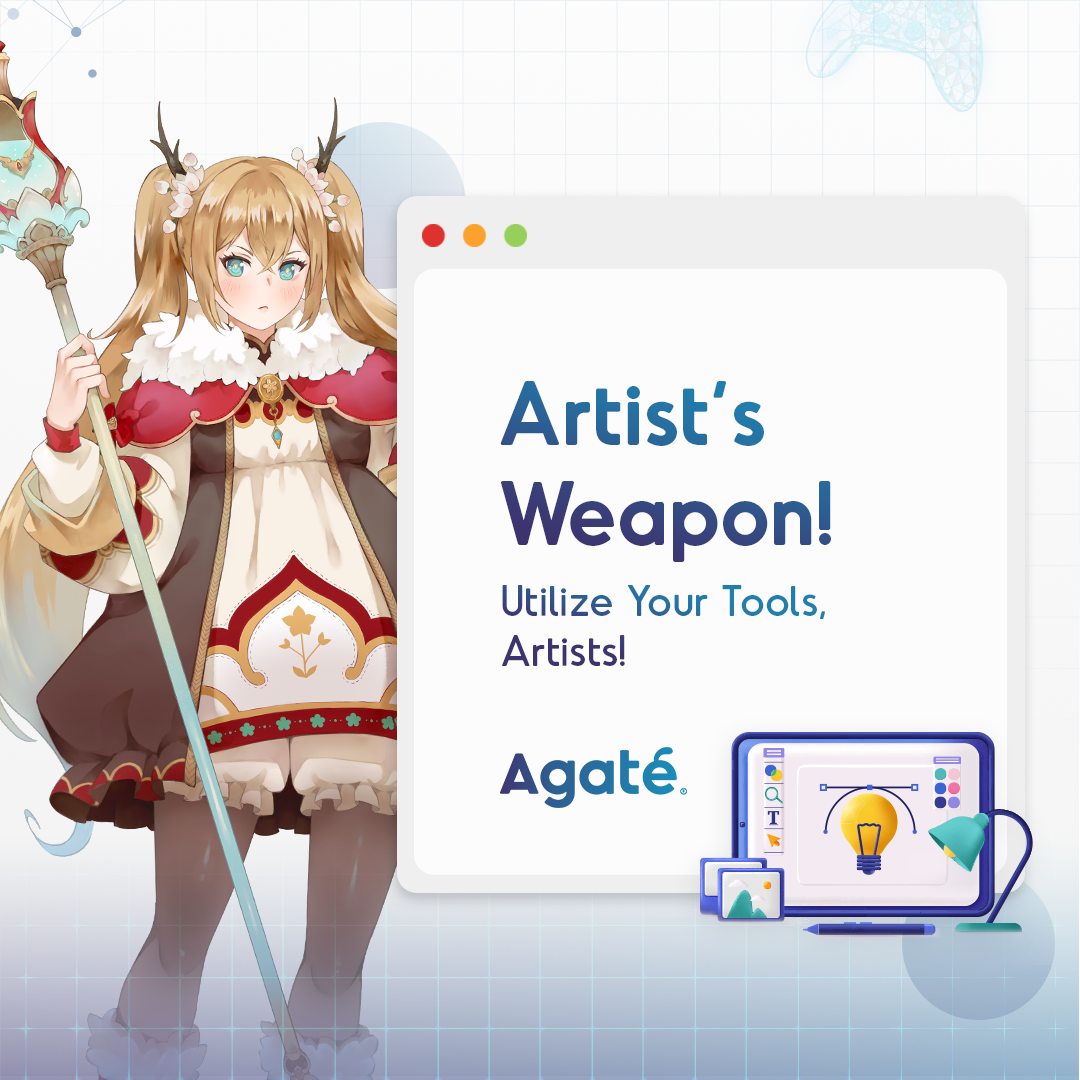Artist’s Weapon: Skills and Tools To Master

The gaming industry, a continually evolving creative field, provides many opportunities for artists to follow their passion and build successful careers. Since the gaming industry is constantly expanding, artists need to keep up with the rapidly evolving skills and tools used in the industry. What Skill Does An Artist Needs? An artist is responsible for a visual aesthetic that includes color, composition, value, shape, textures, anatomy, and perspective. With the variety of elements that Artists need to create, what are the essential skills required for an Artist? LeadershipAn artist is responsible for completing a project, which may be multiple, one at a time, with numerous people in a team. Leadership skills must bring out the finest qualities in team members and inspire them to collaborate to accomplish a common goal. CommunicationAs communication goes both ways, an artist must be able to speak their mind and listen. Artists must translate their vision into words and communicate it, not just visuals. TeamworkTeamwork skills are needed because, in game development, an artist will work closely with the team to achieve the goals set at the beginning. Problem-solvingArtists will encounter various obstacles during their work. It will only worsen if the issue is not handled by the deadline. That’s why an artist needs to be a problem solver. CreativityParticularly in game development, an artist must be a creative individual capable of producing innovative ideas for their artwork. Time managementArtists need to use time wisely and productively. They also need to manage their time to focus and control the time to complete their tasks. Good time management can increase work productivity. Attention to detailArtists must be able to carry out and finish a task while demonstrating thoughtful thought for all aspects concerned, no matter how minor. This entails efficiently managing time and resources while monitoring and verifying work or information. What Tools Do Artists Utilize? Raster Illustration (Adobe Photoshop)Rasterization is a technique with a pixel-by-pixel system. It allows the creation of complex shapes and color blendings, such as creating concept art or 3D texturing. (Vector Illustration) Adobe IllustratorVector is an illustration technique with a data calculation system that is unaffected by the number of pixels, such as creating UI assets. UI/UX (Figma and Adobe XD)These tools are used to design User Interfaces in the game, such as buttons, pages, head-up displays, and the outcome when it is run by the player/user. 3D Modelling (Zbrush and Blender)3D Modelling involves creating three-dimensional points or vertices by vertex objects in 3D space. Zbrush and Blender are famous for making 3D objects because they are easy to use and have a broad scope for making games and cinematic assets. Rigging (Blender)Rigging is like giving a “bone” to an object/character so it is ready to transform as animation. 3D Animation (Blender, Rokoko Studio)Animation is the phase where the rigged object is moved and posed keyframe by keyframe into a sequence that matches the desired movement in the game. Such as idle, walk, run, jump, attack, etc. Texturing (Blender, Adobe Photoshop, Substance Painter, Substance Designer Texturing)Texturing gives color to 3D objects; the basic principle is similar to raster illustrations. Game Engine (Unity Engine, Unreal Engine)The final phase is to transfer the finished asset into the game engine to develop the game itself. Again, a specialist game artist must master the game engine’s features and tools to set every visual asset properly. If you think you can utilize these tools to your advantage and more, head down below and show us what you’ve got! Vacancy ON ART DEPARTMENT Position Department Division Contract Type 3D Artist Art Gamification Contract Type : Temporary Details 2D Artist Art Gamification Contract Type : Temporary Details Technical Artist Art Art Service Contract Type : Temporary Details Load More

